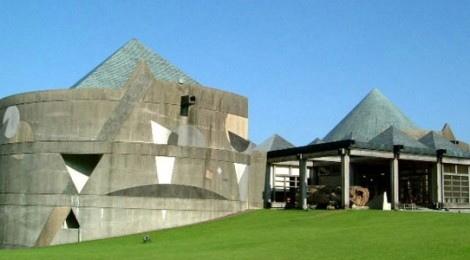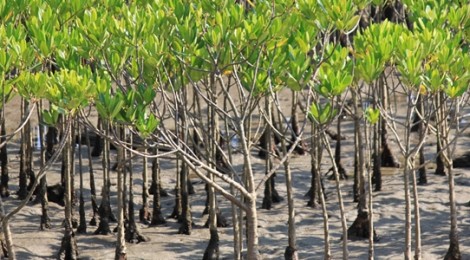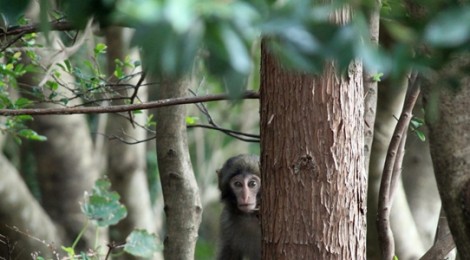Yakushima has a wide range of mini-attractions that make a change to hiking or days in the water. A range of museums and parks. Here is a selection of just a few of the places you can visit. Take a look at the map below to discover the location of these attractions.
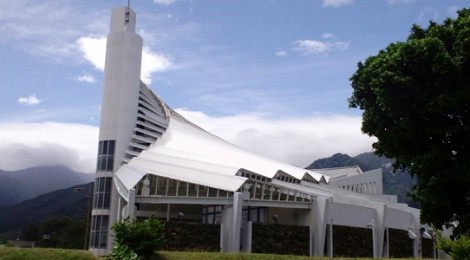 Yakushima Island Environmental
Yakushima Island Environmental
and Cultural Village Center
屋久島環境文化村センター(Yakushima kankyou bunka mura senta)
The centre introduces Yakushima’s natural environment and the daily lives of the people through a variety of displays with simple signs in English. If you would like more information ask for a Talkie Pen – a recorded English guide system. The highlight of the center is the film ‘Yakushima – a symphony of forests and water’ shown several times a day on the wide screen cinema. The film is available with subtitles in several languages.
The center also has a shop, cafe and a temporary exhibition space. Open from 9am – 5pm (last admission 4:30pm). The centre is closed on Monday (except for on National Holidays) and over New Year from Dec 28th to Jan 1st. Entry fee: Adults: 500円 / University and High School Students 350円 / Junior High and Elementary school students 250円 / Infants Free
屋久島自然観 (yakusugi shizenkan)
Located on the hillside above Anbo (安房) on the road to Yakusugi Land. The museum explains the history of Yaku sugi and forestry on Yakushima. It also covers Yakushima’s natural environment and bio-diversity. You can borrow a Talkie pen and headphones to listen to the information in English. The Yakusugi Museum is also close to the bus stop that takes you to the Arakawa trail for the hike to Jomon Sugi.
The museum is open from 9am to 5pm daily, last entry is at 4:30pm. Closed on the first Tuesday of every month and over New Year. (Dec 30 – Jan 4)
Entry fee: Adults 600円 / High School and University Students 400円 / Elementary and Junior High School Students 300円 / Infants Free
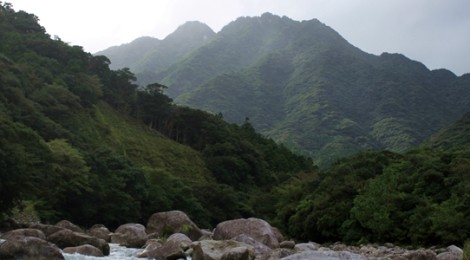 Yakushima Comprehensive Nature Park
Yakushima Comprehensive Nature Park
屋久島自然公園 (Yakushima shizen koen)
A natural park located around the middle reaches of Miyanoura River in the hills above Miyanoura Town. Clear streams flow through the park and Japanese taro and bonin ferns grow abundantly. In early June, fireflies can be spotted by the small stream that runs through the grounds. The Nature Park is a nice spot for a picnic. There is an outdoor stage which is occasionally used for events.
Entry: Free
志戸子のガジュマル園 (Shitoko no gajumaruen)
Located down by the port in Shitoko (志戸子) – a small village between Miyanoura and Isso (一奏). This shady park has a large number of banyan trees (known as ‘gajumaru’ in Japanese). It’s not a large park. There is a short 10 minute walking course and a lengthy (!) 15 minute walking course.
Entry fee: Adults 200円 / Elementary and Junior High Students 100円 / Infants Free
Between April and August the park is open from 8:30am to 5:00pm.
Between September and March it is open from 8:30am to 4:30pm.
メヒルギ自生地 (mehirugi)
The only place on Yakushima that has mangrove trees is located at the mouth of Kurio (栗生) River in the south of the island. Due to the comparatively cool climate these mangroves are much smaller than those found on more southerly tropical islands. This species is named candle mangrove due to their long, slender candle-like shape that hang from the branches. These ‘candles’ are hypocotyl, meaning ‘below seed leaf’, and are actually the new stems of germinating seedlings. To find the mangroves you need to cross the river at Kurio and turn left. Follow the narrow road a few hundred metres and you’ll come to the river mouth where the mangroves grow.
西部林道 (Seibu Rindoh)
This is the name given to the stretch of road that runs through the World Heritage Area of Yakushima in the west of the island. The road is too narrow for the local bus and with few cars using it, this is one of the best places to get close to the local monkeys and deer.
Please do not feed the monkeys or the deer, and keep your distance. If they are fed then they stop eating their natural food and cause extensive damage to local agriculture. Do not stare at the monkeys.
Visitors wishing to know all about the Yakushima macque should consider taking our highly recommended YES Island Tour as we go through the Seibu road and spend a lot of time watching and explaining the habits of the monkeys.
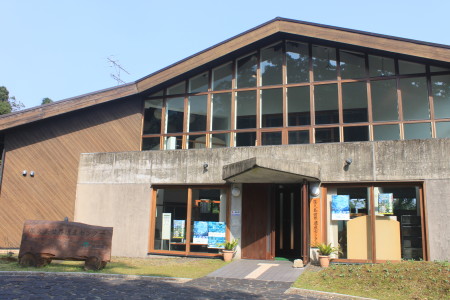
Yakushima World Heritage Center
Situated a couple of minutes walk from the Yakusugi Museum, the World Heritage Center explains why Yakushima has World Heritage status. While there are few exhibits to see, there are explanations in English and the Center is free to enter.
Open from 9am – 5pm
Closed Tuesday from March – November
Saturday from December – February
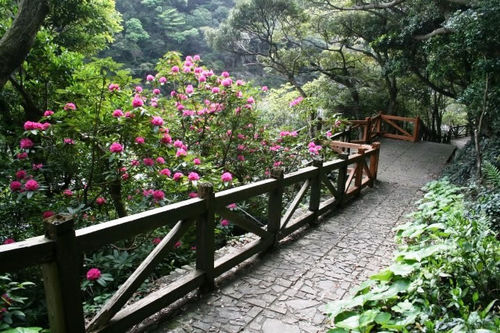
Shakunage No Mori Park
Situated along the riverside near Kurio village. Growing in this park are 3,500 rhododendrons of 110 species, including Yakushima alpine roses, which are indigenous to Yakushima. Strolling along the pathway, visitors can enjoy the views of the beautiful river and the grandeur of the mountains, and laurel-leafed forests. The flowering season is from late March to early June. If you are going by bus then get off at the ‘Kuriobashi’ bus stop.
Open: Apr.- Aug.9:00 am – 6:30 pm (last entry 5:30pm)
Sep.- Mar 9:00 am – 4:00 pm (last entry 3:30 pm)
Admission: Apr.- Aug Children: 250 yen / Adult:500 yen / Sep.-Mar. Free
Closed: First Tuesday of each month / Dec. 25-Jan. 7
